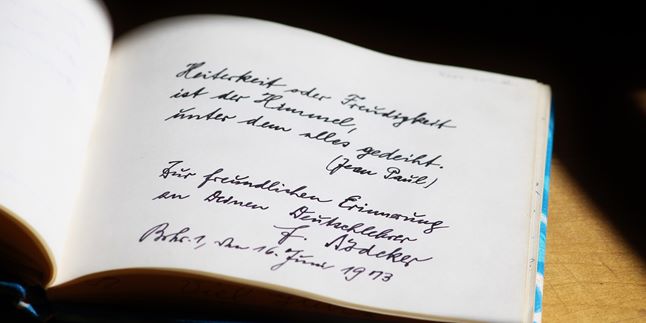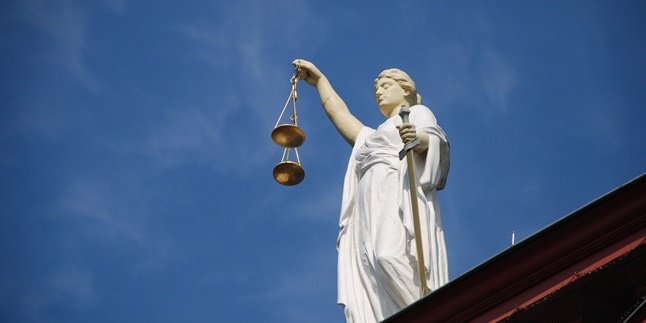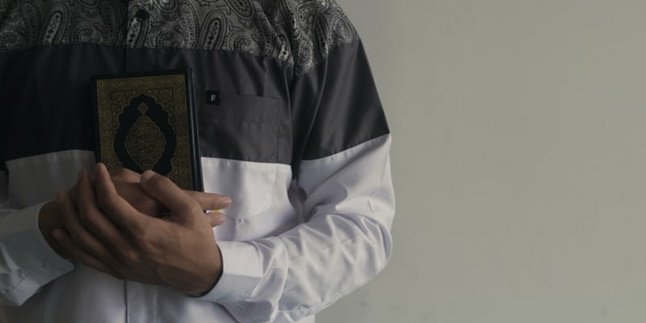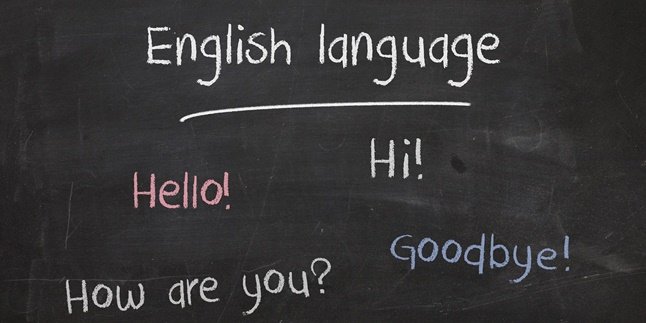Kapanlagi.com - Poetry is an art form that is still existent and has many fans. Poetry itself is one of the literary works that has high creativity. In poetry, we must learn various things, one of which is the intrinsic elements of poetry.
Learning and understanding everything about poetry, including the intrinsic elements of poetry, so that we do not make mistakes when creating poetry. Poetry is a work that contains feelings and emotions that then become expressions of the heart and ideas. So, studying poetry in detail can help you understand the poetry.
For those of you who want to learn a poem, especially the intrinsic elements of poetry. Here are the things you need to know about the intrinsic elements of poetry along with examples of analysis. Let's check it out, KLovers.
1. Understanding Poetry
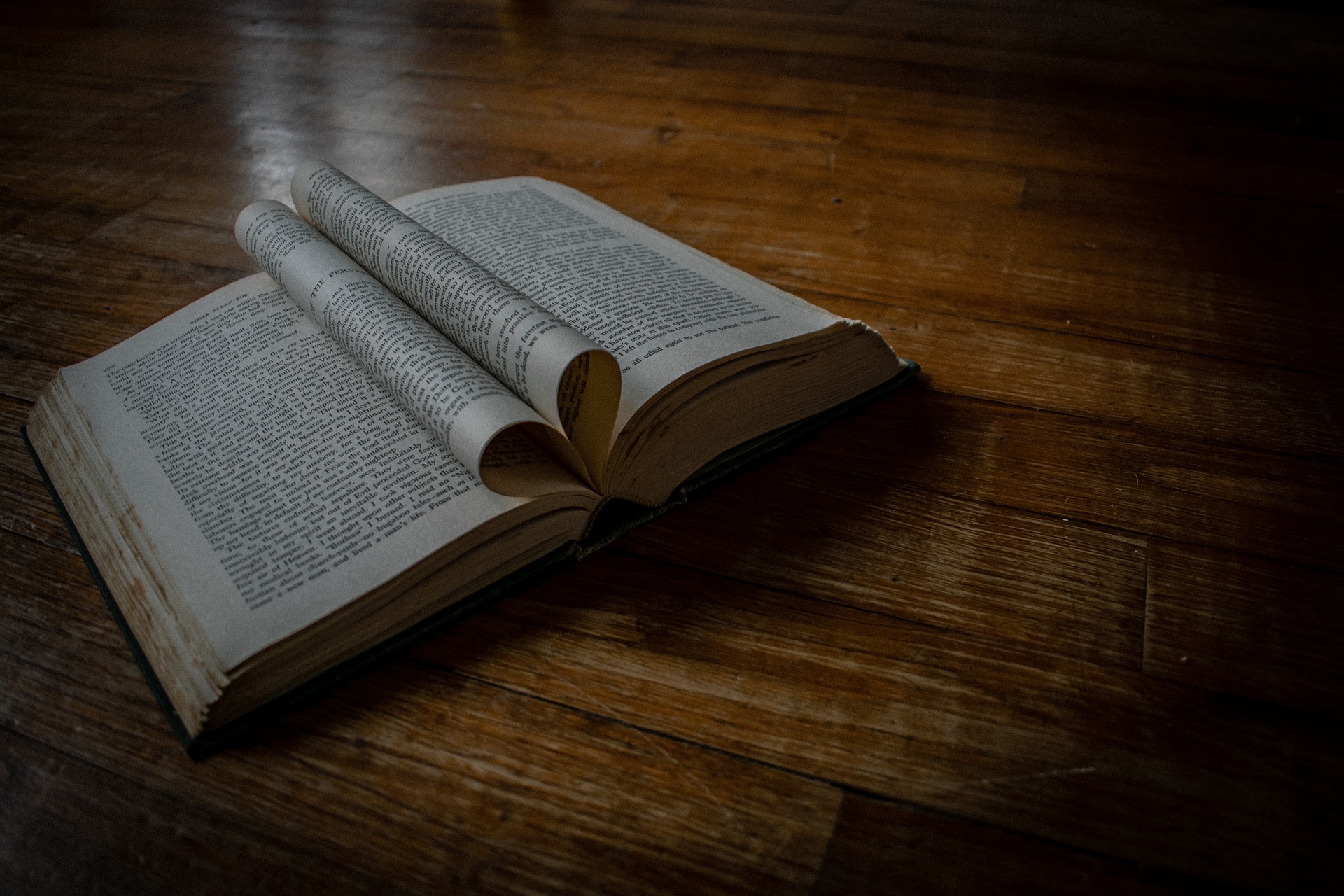
Illustration (credit: Pixabay)
Before knowing what the intrinsic elements of poetry are, you need to understand the definition of poetry first. According to the Great Indonesian Dictionary (KBBI), poetry or poem is a form of literature whose language is bound by rhythm, mantra, rhyme, as well as the arrangement of lines and stanzas. Usually, poetry contains the author's expressions of emotions, experiences, or impressions which are then written in a good language.
In addition, several experts in the field of literature have explained the definition of poetry. According to H.B Jassin, poetry is a literary work that is expressed with feelings and has ideas or thoughts as well as responses to a certain thing or event.
Then there is also Sumardi, who also believes that poetry is a literary work that uses condensed and shortened language, as well as given a rhythmic sound and has figurative or imaginative words. So it can be concluded that poetry is an art work that contains feelings and emotions and becomes an expression of the heart and ideas.
2. Types of Poetry
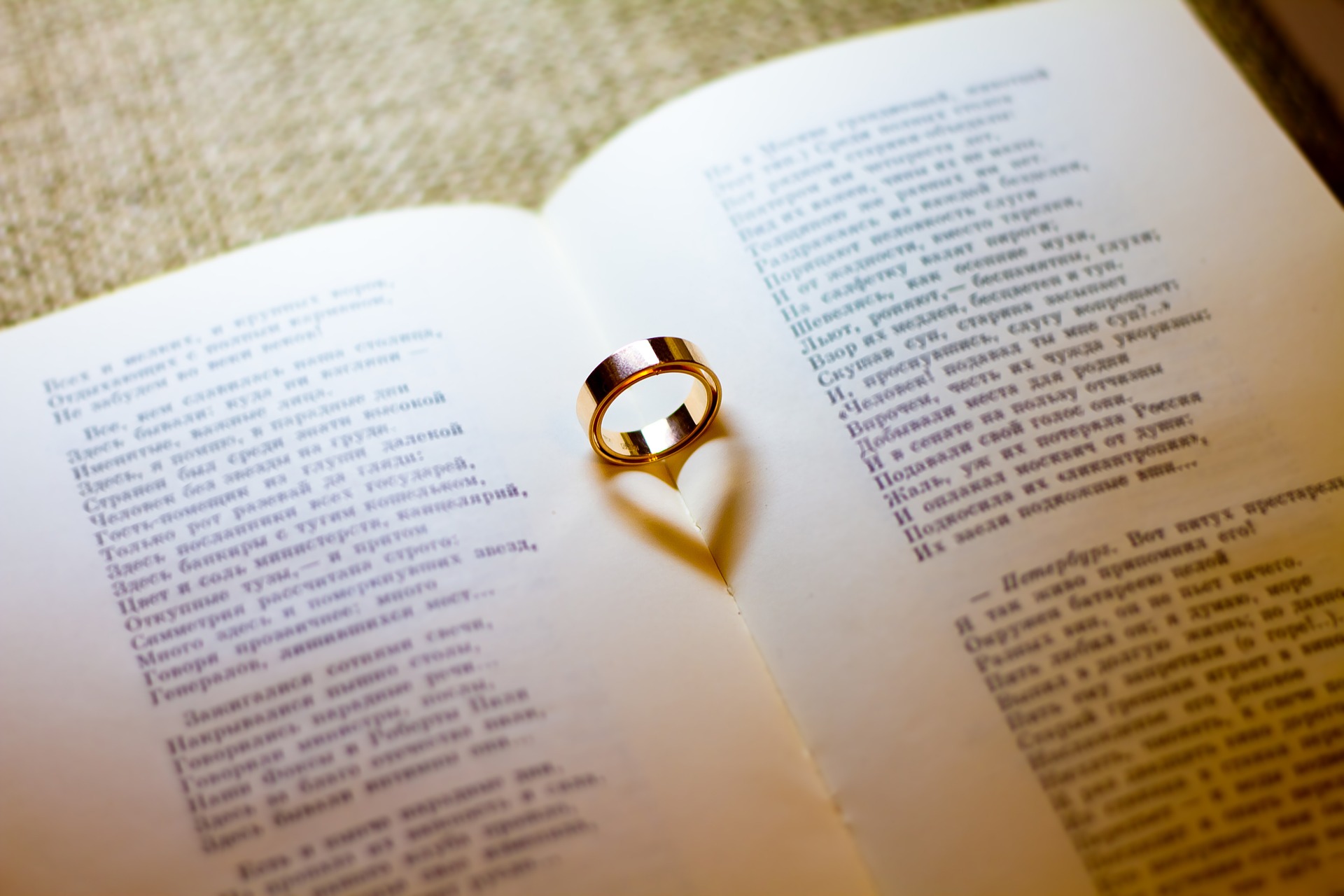
Illustration (credit: Pixabay)
In addition, poetry also has 2 different types according to the era, KLovers. And those types of poetry are old poetry and modern poetry. All of these types of poetry have different meanings, KLovers, depending on the type. Here are the differences between old poetry and modern poetry:
1. Old poetry is a type of poetry that is still bound by rhyme, arrangement of lines in each stanza, and the number of words in each line, as well as the musicality of the poetry is highly regarded. So, it can be said that old poetry is poetry that is bound by various rules both in terms of substance and in terms of writing systematics.
2. Modern poetry is poetry that is not bound at all by the rules that exist in old poetry. This poetry began to be seen with the presence of new poets and began to be famous in 1945. At that time, Chairil Anwar was the pioneer of the birth of this new poetry.
3. Understanding the Intrinsic Meaning of Poetry
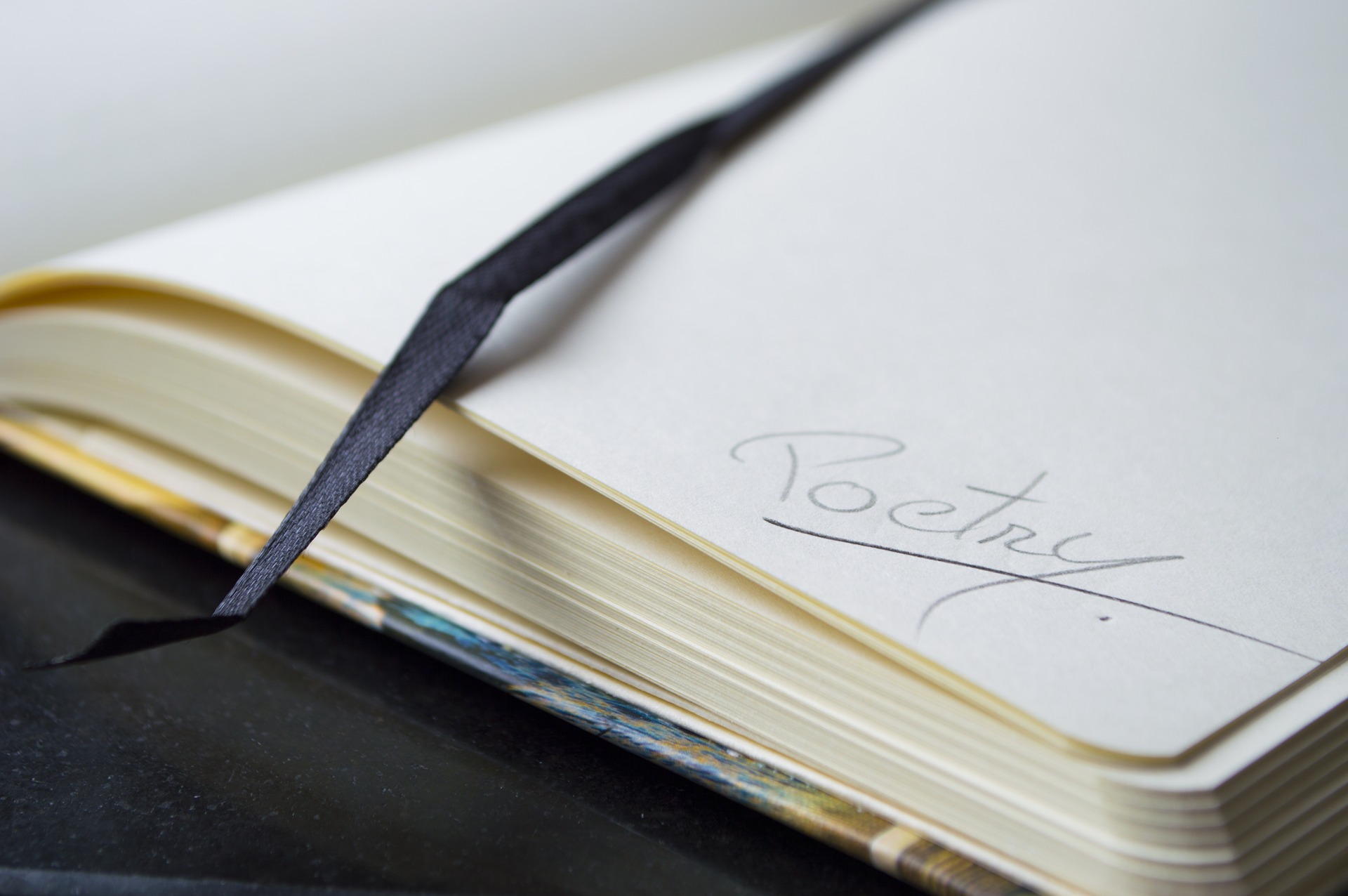
Illustration (credit: Pixabay)
After knowing the meaning of poetry, you also need to understand the meaning of the intrinsic elements of poetry. The intrinsic elements of poetry are the elements that build poetry from within. These intrinsic elements of poetry are further divided into two types, namely physical elements and spiritual elements.
In addition to the intrinsic elements, there are also extrinsic elements. Unlike the intrinsic elements, the extrinsic elements of poetry are the elements that shape poetry from the outside. The extrinsic elements of poetry include biography, values, and societal elements.
4. The Spiritual Intrinsic Elements of Poetry
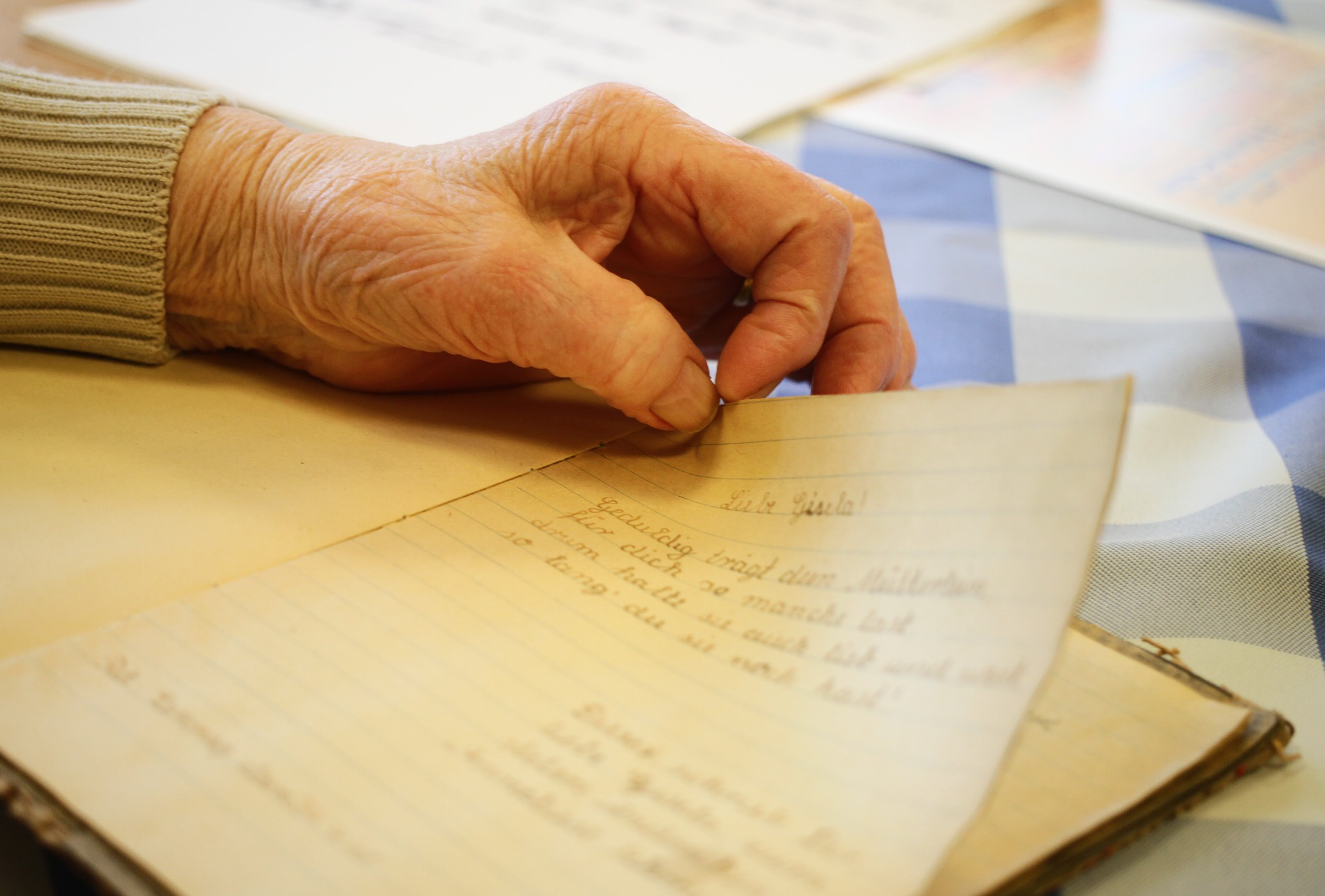
Illustration (credit: Pixabay)
Earlier it was mentioned that the intrinsic elements have 2 types, one of which is the spiritual intrinsic element. What is the spiritual intrinsic element? The spiritual element of poetry is related to the spiritual aspect in reading poetry. In general, there are 4 spiritual elements of poetry, and here are the spiritual intrinsic elements of poetry:
1. Theme is the main element in poetry because the theme is closely related to the meaning generated from a poem. In poetry, a theme serves as the foundation and outline of the poem's content.
2. Feeling or emotion in poetry is the poet's attitude towards the main issues in the poem. The expression of theme and feeling is closely related to the poet's social background, experiences, and psychology.
3. Tone or atmosphere in poetry is the poet's attitude towards the reader. Tone is related to the theme and feeling that the poet intends for the reader, whether it is a didactic tone, dictating tone, arrogant tone, high tone, or a tone that seems to collaborate with the reader.
4. Message or purpose is the message contained in a poem. The message can be found by interpreting the poem directly or indirectly.
5. Physical Poetry Intrinsic Elements

Illustration (credit: Pixabay)
Besides the inner elements, there are also physical elements possessed by intrinsic poetry.The physical elements of poetry refer to the means used by poets to express the essence of poetry.In general, there are 6 physical elements of poetry, here are some intrinsic elements of physical poetry:
1.Diction is the selection of words used by poets in their poetry.Poetry is a form of literary work that is concise with few words, so diction or word choice becomes very important and crucial for the aesthetic value of poetry.
2.Image is an element that involves the use of human senses.Images can be divided into three types, namely auditory images, visual images, and tactile images.
3. Concrete words are words that allow the occurrence of images.Concrete words are imaginative and usually related to figurative language or symbols.
4.Figurative language or figures of speech are the use of language that gives life and connotation by using figurative language.Some common figures of speech used in poetry include rhetoric, metaphor, personification, litotes, irony, synecdoche, repetition, anaphora, antithesis, climax, anticlimax, satire, paradox, and others.
5.Rhyme and rhythm are the similarity of sounds in poetry, whether at the beginning, middle, or end of poetry lines.Rhythm refers to the high and low, long and short, loud and soft sounds.
6.Typography is the appearance of poetry that is filled with words, left and right margins, and does not have line arrangements. Usually in poetry lines are not always started with a capital letter and not ended with a period.
6. Example of Physical Poetry Intrinsic Elements
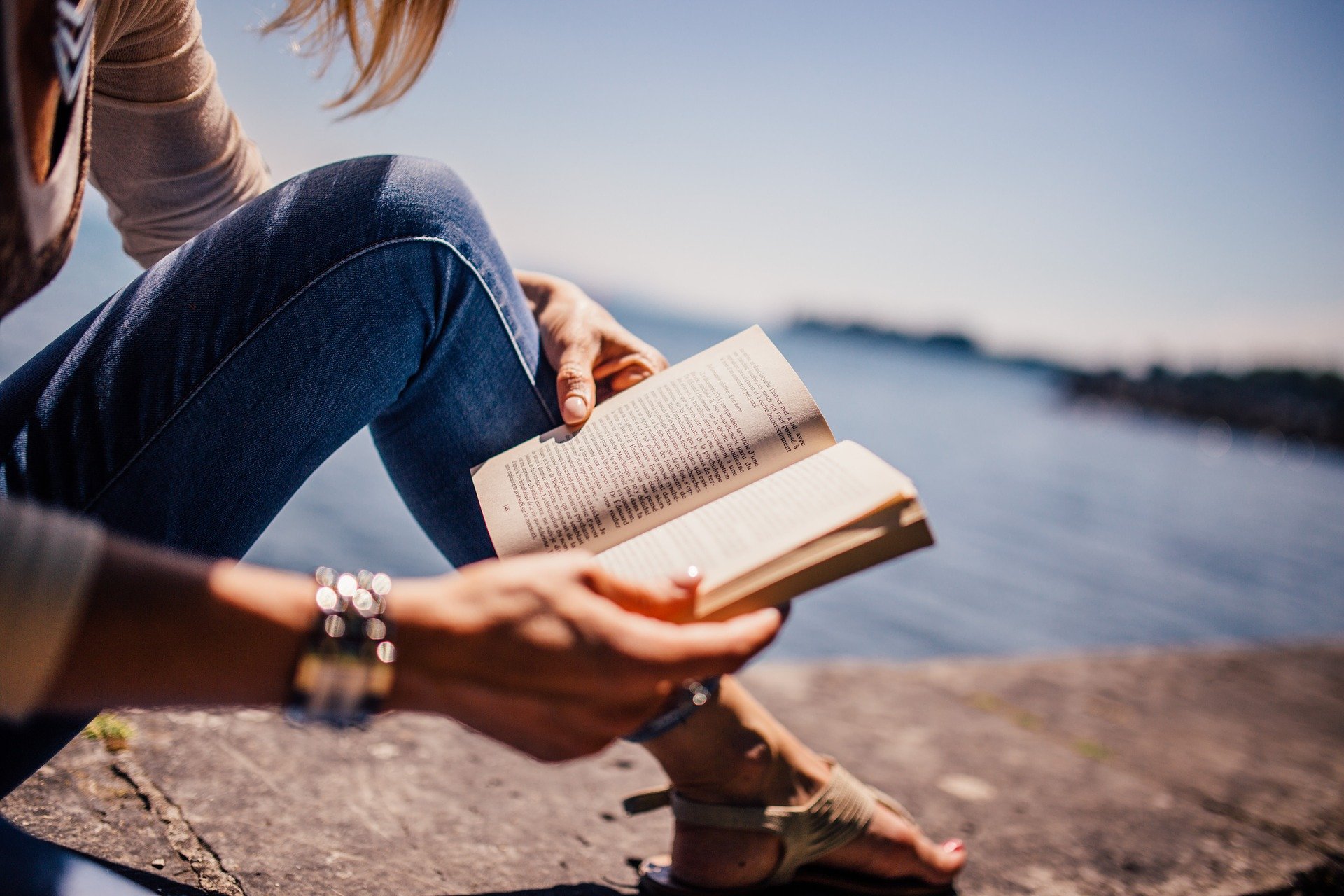
Illustration (credit: Pixabay)
So that you can better understand the meaning of the intrinsic elements of poetry, you can see an example of a poem with an explanation of the intrinsic elements of poetry taken from blogbahasa-indonesia.blogspot.com:
Jalan Segara
This is where the shooting takes place
Cowardice
Is done
When the parade moves
In the heat of the sun
And the bullets of taxpayers
Of this country
Are fired into the backs
Of their own children
(Work: Taufiq Ismail)
Here is an analysis of the intrinsic elements of poetry that you can understand:
Theme = concern for a condition of the country.
Feeling = concerned about the events that have occurred.
Tone = sad.
Diction = the diction used in this poem uses connotative meanings or does not use the actual words like other poems.
Style = the language used by the author in this poem is very simple, and with this simplicity the author achieves the climax he wants to convey.
Rhythm = the rhythm in this poem is not too high nor too low.
Those are the intrinsic elements of poetry that you can learn, both the intrinsic elements of spiritual poetry and the intrinsic elements of physical poetry. Along with examples and analysis that you can understand well.
(kpl/gen/dhm)
Disclaimer: This translation from Bahasa Indonesia to English has been generated by Artificial Intelligence.
